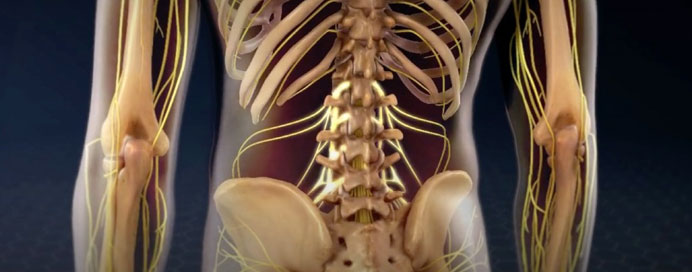Services / Dr. Ravi Bhanushali

A lumbar laminectomy, also known as decompressive laminectomy, is a surgical procedure performed to alleviate pressure on the spinal cord or nerves in the lumbar (lower back) region. This pressure is often caused by conditions such as spinal stenosis, herniated discs, or degenerative disc disease.
During the procedure, the surgeon removes a portion of the lamina, which is the bony arch of the vertebra that covers the spinal canal. By removing part of the lamina, the surgeon creates more space within the spinal canal, relieving pressure on the spinal cord and nerves.
Here’s an overview of the procedure:
Indications: Lumbar laminectomy is typically recommended for individuals experiencing symptoms related to spinal stenosis, herniated discs, degenerative disc disease, or other conditions causing compression of the spinal nerves.
Preparation: Before the surgery, patients undergo a thorough evaluation, including imaging studies such as MRI or CT scans, to determine the exact location and severity of the spinal compression. Patients may also need to undergo pre-operative tests to assess their overall health and suitability for surgery.
Recovery: After the surgery, patients are monitored closely in the recovery room before being transferred to a hospital room or discharged home. Pain management, including medications and physical therapy, is typically provided to help manage post-operative discomfort and facilitate recovery.
Post-operative Care: Patients are instructed to follow specific post-operative guidelines, which may include:
